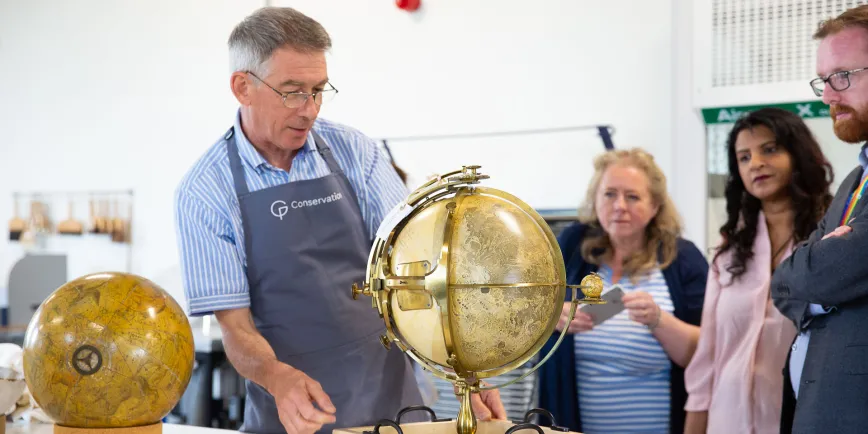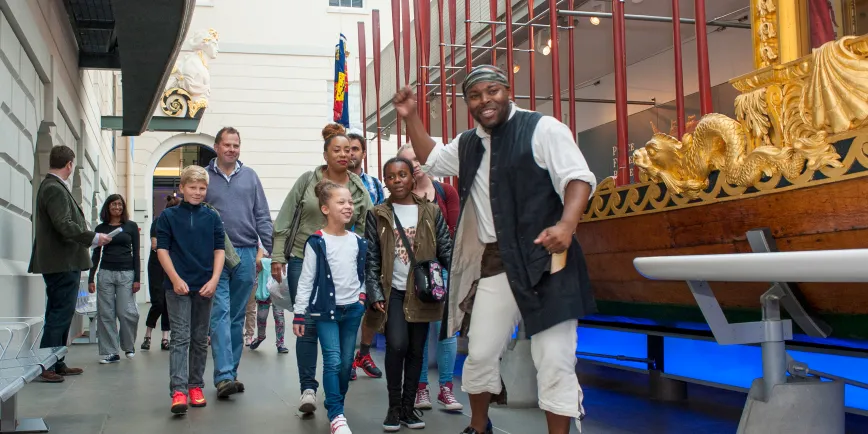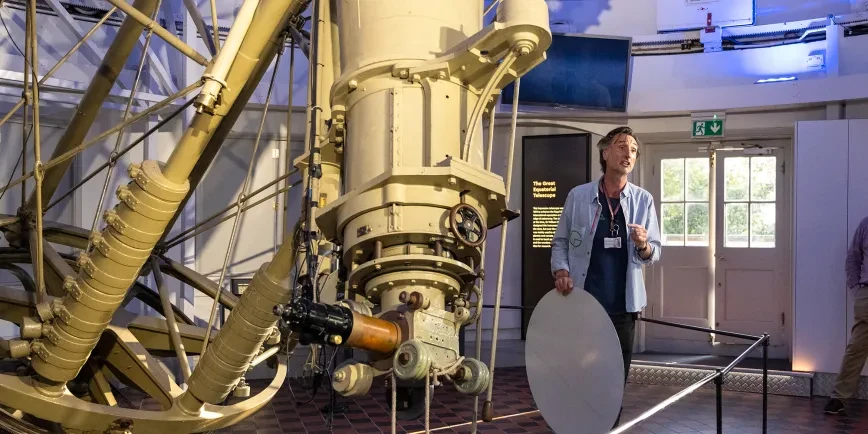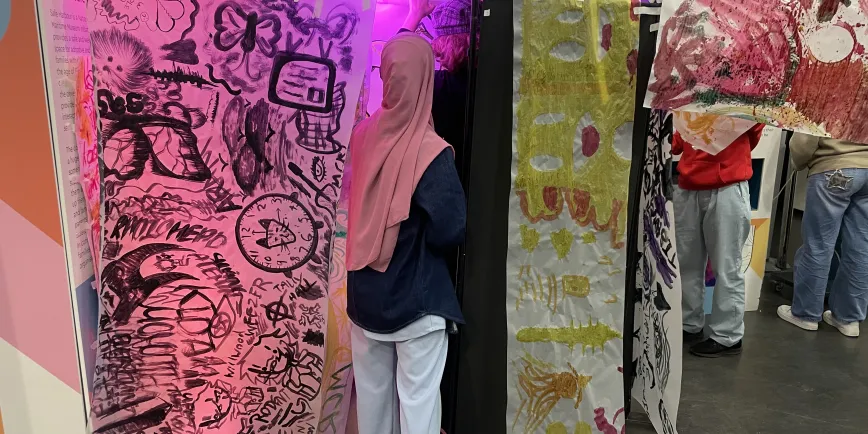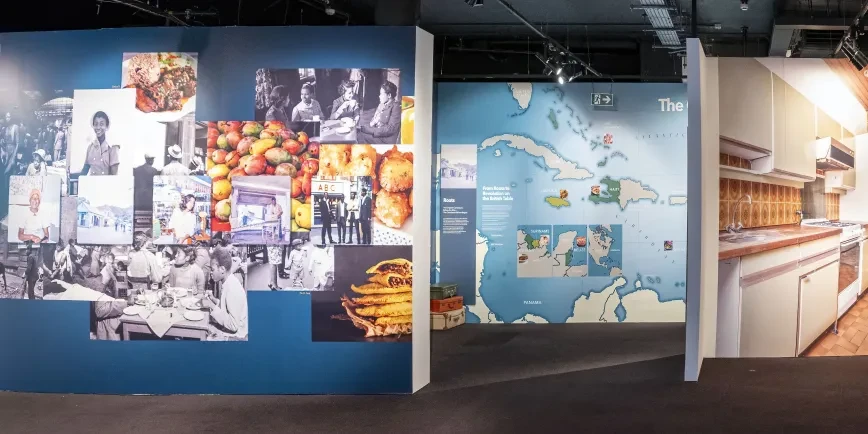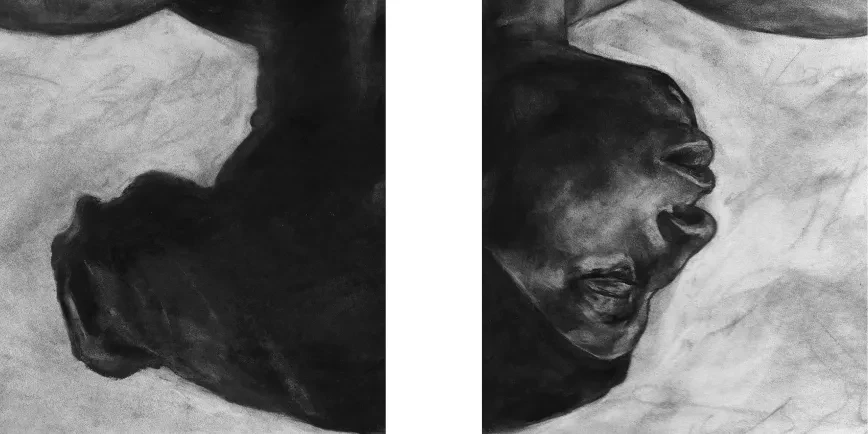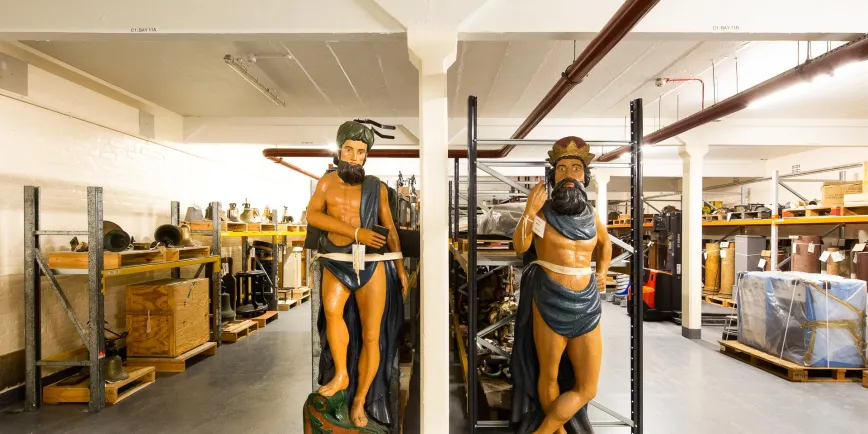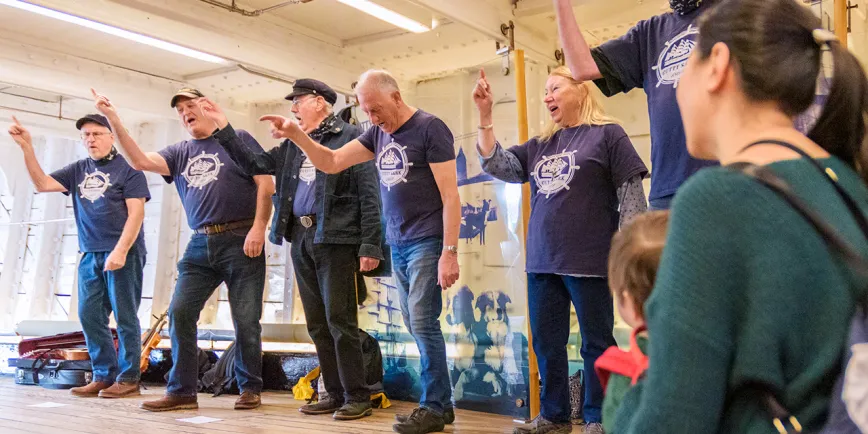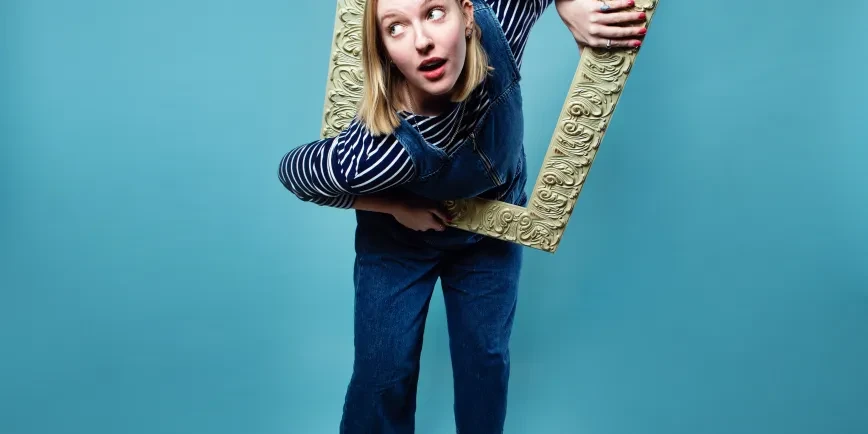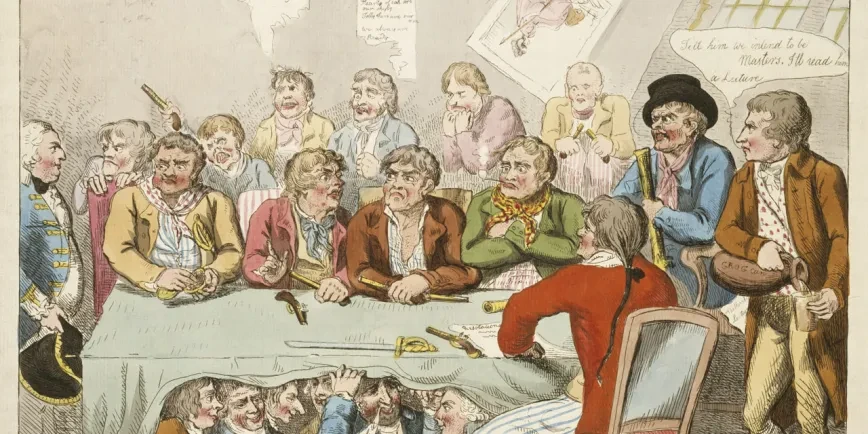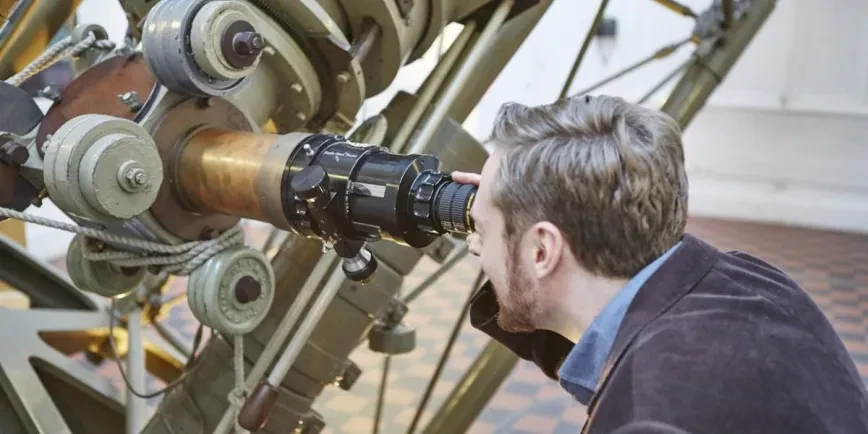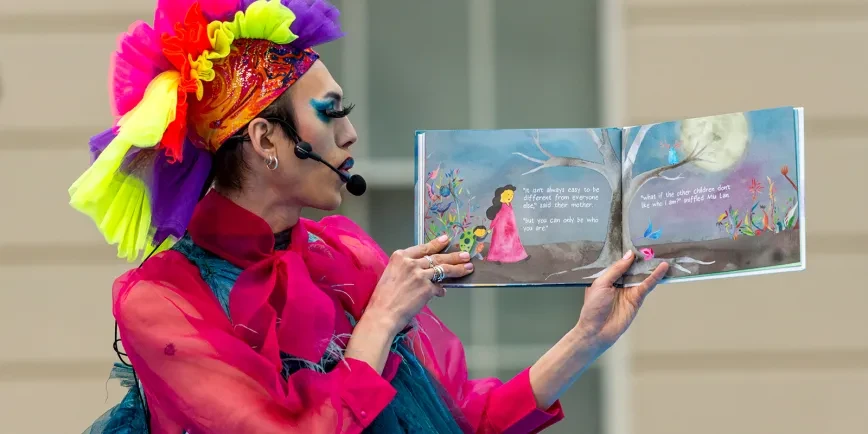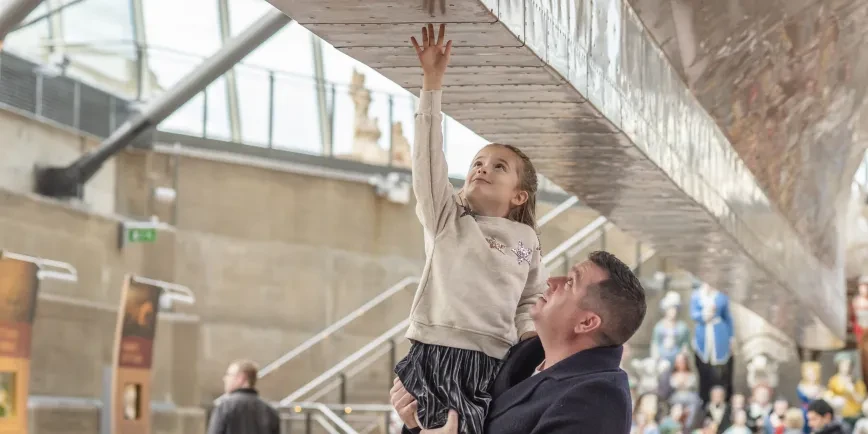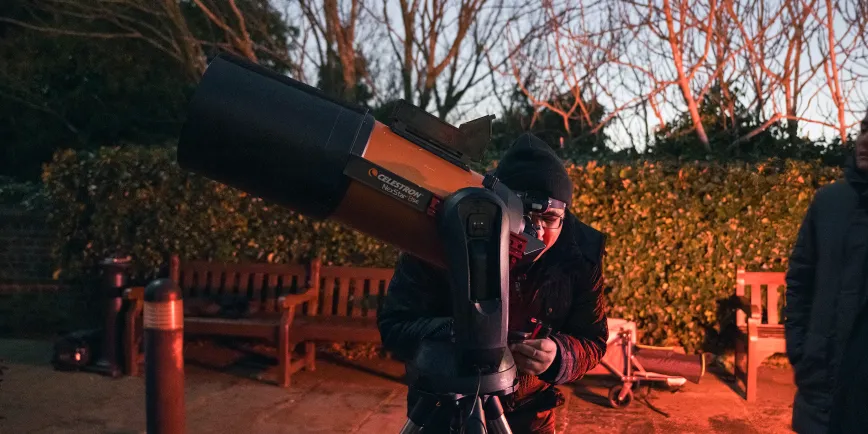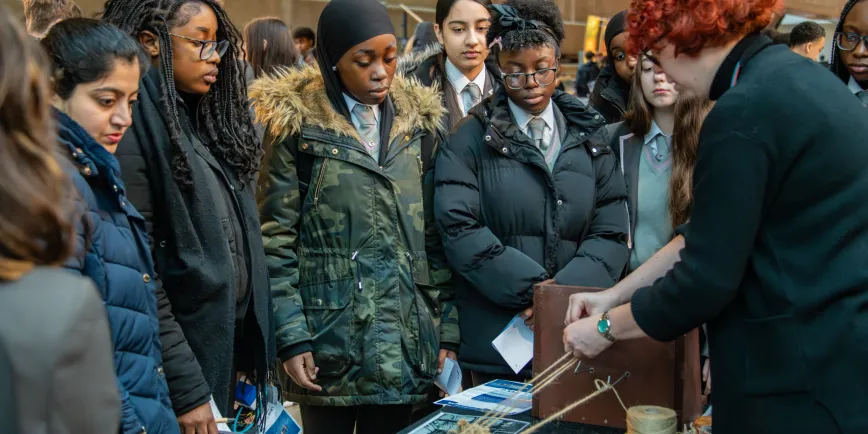
Essential information
| Type | Talks and tours |
|---|---|
| Location | |
| Date and times | Wednesday 24 July | 1pm-1.30pm |
| Prices | Free |
A ‘lascivious’ painting for the Queen’s Bedchamber? Guido Reni’s lost Bacchus and Ariadne in the wake of the Civil War
In 1637, Queen Henrietta Maria commissioned the Bolognese artist Guido Reni to paint a large mythological scene to decorate the bedchamber ceiling of her new house in Greenwich. Cardinal Francesco Barberini, Pope Urban VIII’s nephew, mediated the commission and shipment of the painting, hoping to restore the fragile political and diplomatic relations between the Catholic Church in Rome and English Protestant court in the years leading to the Civil War.
Among the last and largest works ever made by Guido Reni, the painting arrived in Rome in 1640 but never crossed the English Channel. Barberini deemed it “lascivious” and against “buoni costumi” (good morals), expressing doubts about sending it to the English, considered “heretics” by the Catholics.
After some final discussions about the painting’s transport, its traces are lost. It was probably sent to Henrietta Maria during her exile in France, but the Queen, reduced to poverty, was reportedly forced to sell it to Michel Particelli D’Emery, superintendent of finances of the Kingdom of France. After his death, his wife, supposedly outraged by the painting’s excessive nudities, is said to have ordered its destruction. Yet, this story never fully convinced art historians, who now believe the painting was rather cut into pieces and sold on the market.
Join Assistant Curator Vittoria Cervini to delve into the questions and mysteries shrouding one of the most prestigious artistic commissions of the seventeenth century.
About the speaker
Vittoria Cervini is Assistant Curator of Art at Royal Museums Greenwich, where she is currently researching the paintings collection of the Queen's House before the Commonwealth Sale in 1649. She is a postgraduate student at the Courtauld Institute of Art, where she earned a BA (Hons) in History of Art, specialising in the history of making and collecting art in Northern European countries.
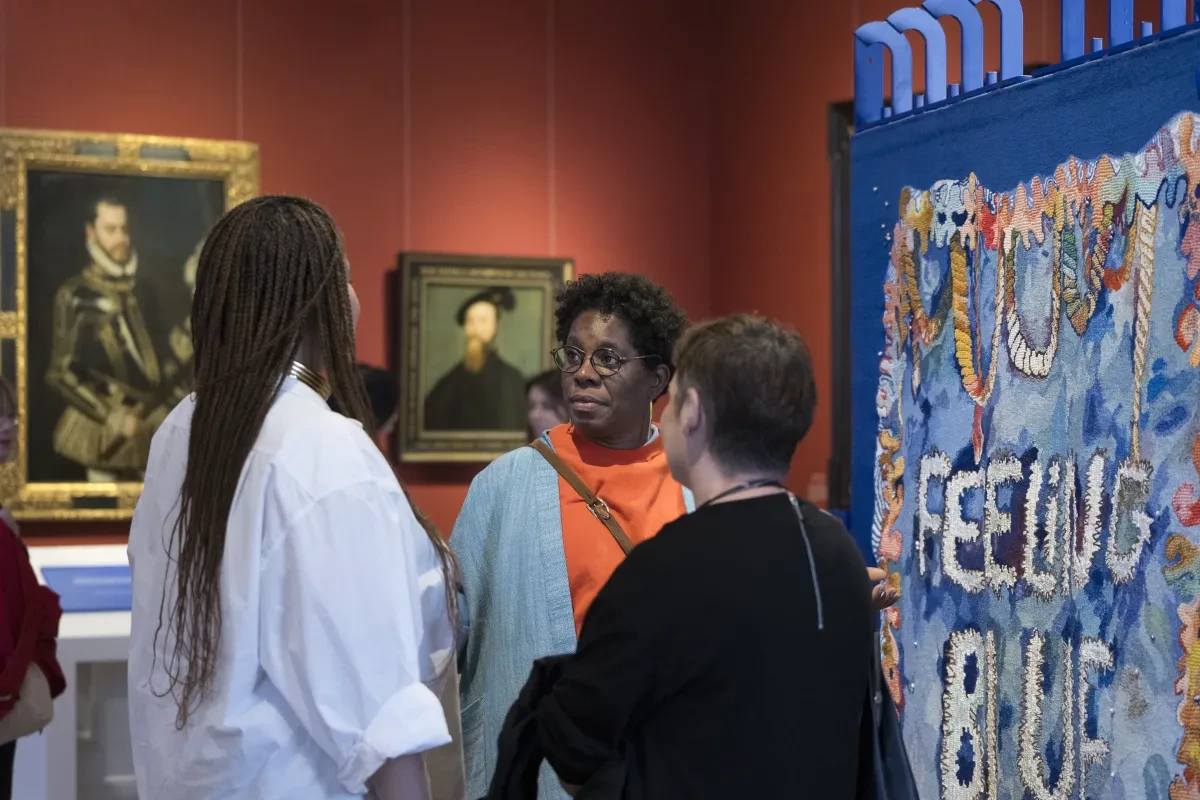
Salons in the Queen's House
This event is part of our Salons series, a programme of talks inspired by the history of the Queen's House and its collections.
The term ‘salon’ was used historically to describe social gatherings in the domestic sphere. Participation was open to a range of individuals, and women often acted as hosts. Salons were alternative spaces for learning, debate and the exchange of ideas. We continue to explore this tradition at the Queen’s House.
Speakers at our Salons include artists, researchers, curators and creative practitioners. Their talks bring to light new insights and share different perspectives.
What’s on

Visit the Queen's House
Banner image: Giovanni Battista Bolognini (after Guido Reni), Bacchus and his companions finding Ariadne abandoned on the island of Naxos, etching, 1650-1680, 50 × 107 cm. The Metropolitan Museum of Art, New York, Gift of Mrs. Olga Sichel and Max Philippson, 1962.


